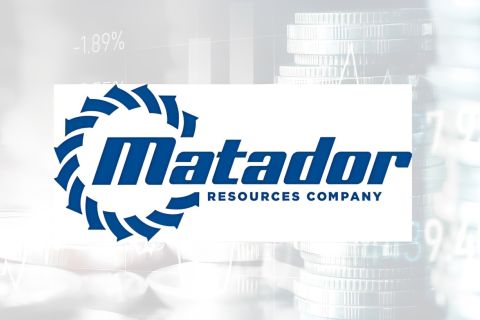Despite the decision by Texas energy regulators not to mandate oil production cuts, Parsley Energy CEO Matt Gallagher said he is still a believer in prorations and that quicker action might have helped to prevent the unprecedented collapse of WTI crude into negative territory last month.
Parsley along with fellow Permian Basin producer, Pioneer Natural Resources Co., led the proration efforts in Texas through a proposal made in late March to state regulators to mandate 20% curtailments, or 1 million barrels. However, on May 5, Texas regulators dismissed the motion to consider proration by a 2-1 vote.
“There is a cut and dry law in the books,” Gallagher said. “We wanted to bring awareness and we wanted visibility on if they were going to enact that law. We actually thought they should have, but, there were varying degrees of opinions going into that process.”
The proposal by Parsley and Pioneer faced opposition including from some of the largest oil companies in Texas such as Exxon Mobil Corp., Chevron Corp. and Occidental Petroleum Corp., which had already taken steps to cut production ahead of any state action.
“I think if it could have been done much quicker five weeks ago, you would have staved off negative oil pricing. But as the process took so long, it went into the sloppy conditions of each individual company making their own choices,” Gallagher said.
Parsley Energy joined fellow oil and gas producers with its own decision to temporarily suspend all new drilling and completion operations in April as a result of the drop in oil prices.
During this interview with Hart Energy’s Jessica Morales and Emily Patsy, Gallagher also shared his take on adopting new technologies and the importance of continuing ESG initiatives plus what price range would oil need to reach for Parsley to restart activity.
“We believe we can get active again in the $30 range and feel comfortable that there is a sufficient return trade-off where we can, over and above our cost of capital, generate healthy returns and generate growing free cash flow,” he said. “But that is at a static condition—we have to look at the macro conditions of what global storage levels are doing and what the shape of the curve is doing and what our production curtailments are doing. We want to get all wells back online, so, it will be a feathered process back in. Just on a spreadsheet, again, we could work in the $30 environment.”
For more check out Matt Gallagher's Q&A with Oil and Gas Investor Editor-in-Chief Steve Toon.
Recommended Reading
Matador Stock Offering to Pay for New Permian A&D—Analyst
2024-03-26 - Matador Resources is offering more than 5 million shares of stock for proceeds of $347 million to pay for newly disclosed transactions in Texas and New Mexico.
Hess Corp. Boosts Bakken Output, Drilling Ahead of Chevron Merger
2024-01-31 - Hess Corp. increased its drilling activity and output from the Bakken play of North Dakota during the fourth quarter, the E&P reported in its latest earnings.
The OGInterview: Petrie Partners a Big Deal Among Investment Banks
2024-02-01 - In this OGInterview, Hart Energy's Chris Mathews sat down with Petrie Partners—perhaps not the biggest or flashiest investment bank around, but after over two decades, the firm has been around the block more than most.
Some Payne, But Mostly Gain for H&P in Q4 2023
2024-01-31 - Helmerich & Payne’s revenue grew internationally and in North America but declined in the Gulf of Mexico compared to the previous quarter.
Petrie Partners: A Small Wonder
2024-02-01 - Petrie Partners may not be the biggest or flashiest investment bank on the block, but after over two decades, its executives have been around the block more than most.





